|
Elegance and artistry have characterized Dior ever since the French fashion house came into existence in 1947. And those terms apply equally to the new documentary "Dior and I" which immediately takes its place among the best non-fiction films to explore the world of haute couture.
The film by director Frédéric Tcheng examines the pivotal moment in 2012 when Belgian designer Raf Simons assumed artistic command at Dior, to the surprise of some critics who considered his style ill-suited to the brand. With doubters anticipating his failure, Simons only had eight weeks to assemble his first collection, which somehow needed to honor the grand tradition of Dior while charting a modern course for the label. An almost impossible challenge.
With an eye every bit as sophisticated as a great designer, Tcheng captures something about the evanescent nature of creative expression itself, as Simons collaborates with Dior's veteran artisans to assemble the collection. Christian Dior himself seems to shadow their work, a haunting presence evoked in the film through spectral images and narration taken from his autobiography, "Dior et Moi."
Simons is an ambivalent figure-- reticent about media attention-- and so was Dior, who wrote about the divide between his celebrated public self and his contemplative private side. In that sense, the "I" in the title of the film "Dior and I" stand for the two versions of Dior the man, or the "I" could represent Simons, who must prove himself worthy of the Dior name. Or indeed the "I" could represent Tcheng the director and his encounter with Dior.
I know I’m not doing Raf [Simons] such a favor by exposing him to a wider audience. It’s like his biggest nightmare. So I’m very conflicted and it makes me appreciate the gift that he’s given me... kind of like the most precious thing that he has, his privacy. So, yes, it’s a conflict.
Nonfictionfilm.com Editor Matt Carey spoke with French-born Tcheng about his film, which is now playing in Los Angeles and New York and expands to more cities in the coming weeks. This is an edited version of the conversation.
Nonfictionfilm.com: The Dior name is known throughout the world, of course. And it is revered within France. Your film gets at why that remains true today.
Frédéric Tcheng: It's one of the last houses-- and there are only two-- that do couture in the real tradition of couture. I mean there are pretty strict rules about who can be [designated] haute couture. You have to have an atelier for dresses and an atelier for tailoring and they have to be separate. And you have to have at least 30 or 40 seamstresses in each atelier. And those ateliers have to be in house. They can't be [located] somewhere else. Those are rules that are very, very strict. And only Dior and Chanel are real haute couture houses.
NFF: Given the history of Dior, it was a big deal when word started to circulate 2012 that a new artistic director was about to be named. You were made aware of that by Olivier Bialobos, the head of Dior's communications team.
Frédéric: Olivier said, “There’s going to be an announcement [about the artistic director]." He didn’t know himself who was going to be [named]... As soon as I [could] I researched heavily what was going on at Dior because I hadn’t been following the rumors that much. But then I found out that Raf Simons was one of the candidates [to take over as artistic director] and I was really, really interested in Raf Simons. And the more I read the more interested I was, actually... That was like four months before it was actually announced. But I could sense that there was an opening for access.
NFF: Once Raf was appointed, how were you able to convince him to participate and feel comfortable? Or was it his choice? Did the communications people at Dior tell him he had to do it?
Frédéric: No, he could have refused at any given point. I mean he did refuse-- that’s the first thing he did. It’s like, “I refuse categorically.” I don’t know that he said “categorically” but he said no. He said “I don’t want a film made about my arrival [at Dior].” I was really kind of bummed out. His saying no was a big let down for me. NFF: Then you sent him a letter explaining your intentions. Frédéric: And after that he invited me for a week of trying and seeing what would come out of it. So he didn’t fully commit, but at least he was okay with me being there for one week so we could meet. I think what might have changed his mind was that I think I was clear from the beginning that the film was going to be an ensemble film. And it was going to be about the atelier and Raf. And in a way that must have felt like a relief to him that he was not the sole focus.
NFF: Raf was on this super tight deadline to create his collection-- only eight weeks. So that meant you were on a super tight deadline too.
Frédéric: Raf and I didn’t actually have any time to get acquainted before we started shooting. He was coming in and meeting the seamstresses [for the first time]. I was with the seamstresses [beforehand] and shot just a little bit. I got a little time beforehand just to ask them how they felt about meeting the new designer. I was put in the same position as the seamstresses. NFF: Yeah, like, "Who is this guy we're going to be working with?" Frédéric: And the process of those eight weeks was getting to know this guy. So it helped sort of shape the film. We were put in sort of the same situation, you know, of time pressure, getting to know a new team very quickly. So there was a strong sense that the process of the film actually mirrored the process of the collection and I think it drove the whole project in a way. There were just so many parallels between the two... I think that’s what attracted me to the project was that I sensed Raf was someone I could project myself into, you know. I felt like I could tell his story that would be personal. NFF: What kind of pressure was Raf under to create his first collection for Dior? Frédéric: There were two parts-- of course the pressure to create something that is both Dior and himself, to honor the legacy but to honor his own voice as well. That is sort of the main tension-- we sort of built the film around that. That’s how we brought in the ghost of Christian Dior. That’s how we bring in the history. But in practical terms he then had to work with the atelier and all these new people in eight weeks. There were going to missteps and misunderstandings. It’s always like that. It [the collection] could only work if his relationship with the atelier sort of worked. Otherwise it would have been a disaster. NFF: In the film we see Raf experience some moments of intense anxiety where he is almost paralyzed. What was it like for you to witness this man in such difficult moments? Frédéric: I was very conflicted not only about what he’s going through but also I’m capturing it [on film] so I’m exposing it even more... I’ve stopped giving Raf updates about the film because I think it makes him more uncomfortable. I think he’s very ambivalent about it. I think he’s happy for me. He’s told me he’s happy that the film will help my career. And he thinks that it’s a beautiful film [showing] the seamstresses and the work that he did with them. But at the same time I know I’m not doing him such a favor by exposing him to a wider audience. It’s like his biggest nightmare. So I’m very conflicted and it makes me appreciate sort of the gift that he’s given me. It’s kind of like the most precious thing that he has, his privacy. So, yes, it’s a conflict. But at the same time it makes it even more important to sort of honor the relationship we’ve created and the seamstresses and their work together. It made me work even harder I guess [laughs] to know that this was probably to be part of a change in his public life and that he doesn’t really desire [that]. So that if I was going to do that it had to be something that’s really faithful to who he is.
NFF: From the feedback you have received from audiences, do you sense people get a true appreciation for Raf?
Frédéric: The only thing I regret is I would have liked to include more moments where Raf is very warm. Because I’m very surprised that people tell me that, you know, Raf comes across as like cold or dull. He’s anything but that. He’s a very charming person but because we focused on the moments when he’s very creative and very focused it might seem that way. But at the same time there are moments when he laughs in the film. I don’t know, I guess people don’t see those... A lot of people fall in love with him and a lot of people just wish that he was more eccentric or more expressive. I’ve always felt that he was incredible and fascinating to watch. Maybe that’s also because I identify with all those adjectives that people have been throwing around about Raf for decades since he started -- the fact that he’s reserved or distant. Those are all things that I hear people say about me all the time. Or that I’m not nice or like I’m cold-hearted or whatever. I know it’s not true but it’s just like sometimes in your work you just come across like that. And so that’s why maybe I take it to heart when people don’t fall in love with Raf through the film because, me, I was completely mesmerized by the way he talks about art, the way he thinks, the way he preserves himself. For me I mean the empathy was very, very strong.
NFF: What has it been like for you with the film receiving so much attention?
Frédéric: I don’t talk about myself that much and these past two months have just been like... [laughs]. It’s great because that means people are talking about the work but it’s very strange. It’s like an out of body experience a little bit. My personality is much more of a listener than somebody who talks. Doing these interviews in the past few months I literally find myself with-- like my throat is aching because I’m talking so much and it never happened to me before. I’m very self-conscious about what I say, how I come across and like what I’m going to wear because people are going to be taking pictures. It’s very strange and I don’t know how much of it is informed by Dior’s writing or Raf’s relationship with the public image but I think it was always sort of there for me, even though I think I’m a little more comfortable with it than they are probably. But I understand everything that Raf says. For example talking to journalists is a weird experience because you don’t really know that much about them and yet you get very intimate with them about how you feel. It’s a very one-way thing. It’s like a dialogue with yourself in front of someone else who is then going to talk about it for a wide audience. NFF: Do you consider yourself a journalist when you’re making a film like this? Frédéric: No, not at all actually. No. I mean I’ve never been interested in sort of "investigation" and journalism for myself. I love to read it and to go see it as movies but that’s not how I function. I function on a much more empathy sort of level. And also I’m much more contemplative. I don’t necessarily need to know everything about a situation but I prefer to just feel it. NFF: You’re guided by intuition. Frédéric: Yeah, and feeling and human emotions. So that’s sort of what drives me, not so much the ins and outs of everything-- reporting. That’s not something I really consider myself like that.
NFF: I understand you trained originally as a civil engineer. I've always wondered if there was such a thing as an "uncivil" engineer.
Frédéric: Do you want to know what a civil engineer is? NFF: Sure. Frédéric: Civil engineering is engineering for building architectural structures. So my school was-- literally the name of the school was “Bridges and Roads. The School of Bridges and Roads.” It was founded by Napoleon back in the day and all the big famous builders of France have come from that school. NFF: How did you give up bridges and roads for fashion, or filmmaking? Frédéric: For film! I never gave up fashion [laughs]. Well, you know, I had been interested in film for as long as I can remember, since I saw “Bambi” and I cried when the mom was dying in the forest fire. But I never thought it was possible to have a career [in film]. Everyone in my family is an engineer. Everyone is very science-oriented. I was always good at math and physics -- it sort of runs in the family. And then suddenly at 23 I realized that I’m going to be an engineer [but] that didn’t interest me and I was like, “This is now or never.” French film school is so elitist. Every year they [only] take five directors, then five editors, five sound men, etc. So there was no way I was going to get in. I had no experience. NFF: You wound up applying to film school in New York. Frédéric: I got into Columbia University Film School which was the best thing that could ever happen. NFF: I read you are working on a screenplay for a feature film. What’s the timetable for that? Frédéric: I want to finish writing it by the end of the summer. I’m writing with a partner, with a friend of mine and we just need to get some time off [to focus on the writing]. NFF: What’s the theme? Frédéric: It’s the 70s and it’s about music.
|
AuthorMatthew Carey is a documentary filmmaker and journalist. His work has appeared on Deadline.com, CNN, CNN.com, TheWrap.com, NBCNews.com and in Documentary magazine. |
- Home
- News
- Videos
-
Galleries
- 2019 Tribeca Film Festival
- Full Frame Documentary Film Festival
- 2019 SXSW Film Festival
- SXSW 2018 Gallery
- 2019 Sundance Film Festival
- Outfest 2018 Photo Gallery
- Outfest 2017
- Sundance 2018 Photos
- 2017 LA Film Festival
- 2017 Cannes Film Festival
- Tribeca Film Festival 2017
- SXSW 2017 Gallery
- 2017 Berlin Film Festival
- Sundance 2017 Gallery
- 2016 Los Angeles Film Festival
- Cannes Film Festival 2016
- SXSW 2016 Gallery
- Berlinale 2016 Gallery
- Sundance 2016 Gallery
- Filmmaker Gallery
- About
- Contact
Proudly powered by Weebly
- Home
- News
- Videos
-
Galleries
- 2019 Tribeca Film Festival
- Full Frame Documentary Film Festival
- 2019 SXSW Film Festival
- SXSW 2018 Gallery
- 2019 Sundance Film Festival
- Outfest 2018 Photo Gallery
- Outfest 2017
- Sundance 2018 Photos
- 2017 LA Film Festival
- 2017 Cannes Film Festival
- Tribeca Film Festival 2017
- SXSW 2017 Gallery
- 2017 Berlin Film Festival
- Sundance 2017 Gallery
- 2016 Los Angeles Film Festival
- Cannes Film Festival 2016
- SXSW 2016 Gallery
- Berlinale 2016 Gallery
- Sundance 2016 Gallery
- Filmmaker Gallery
- About
- Contact
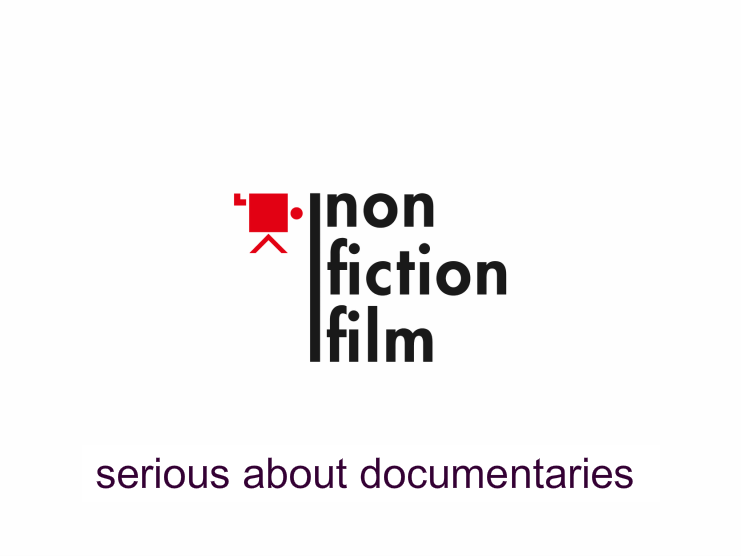
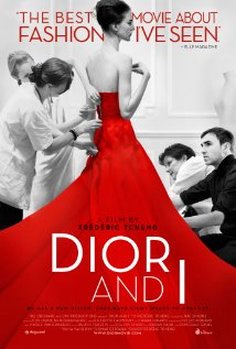
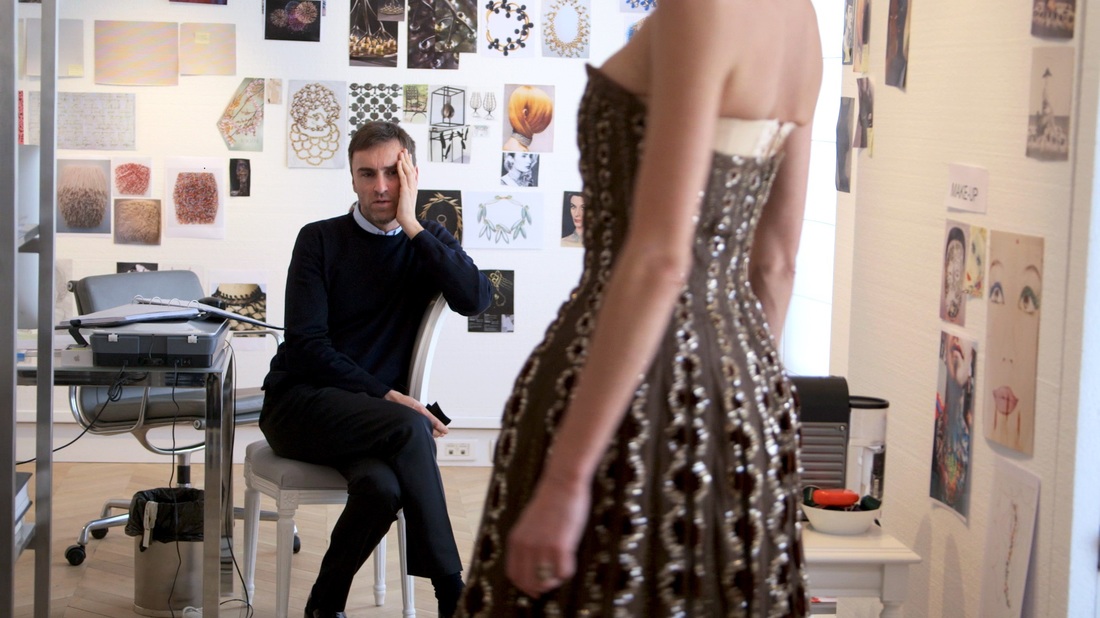
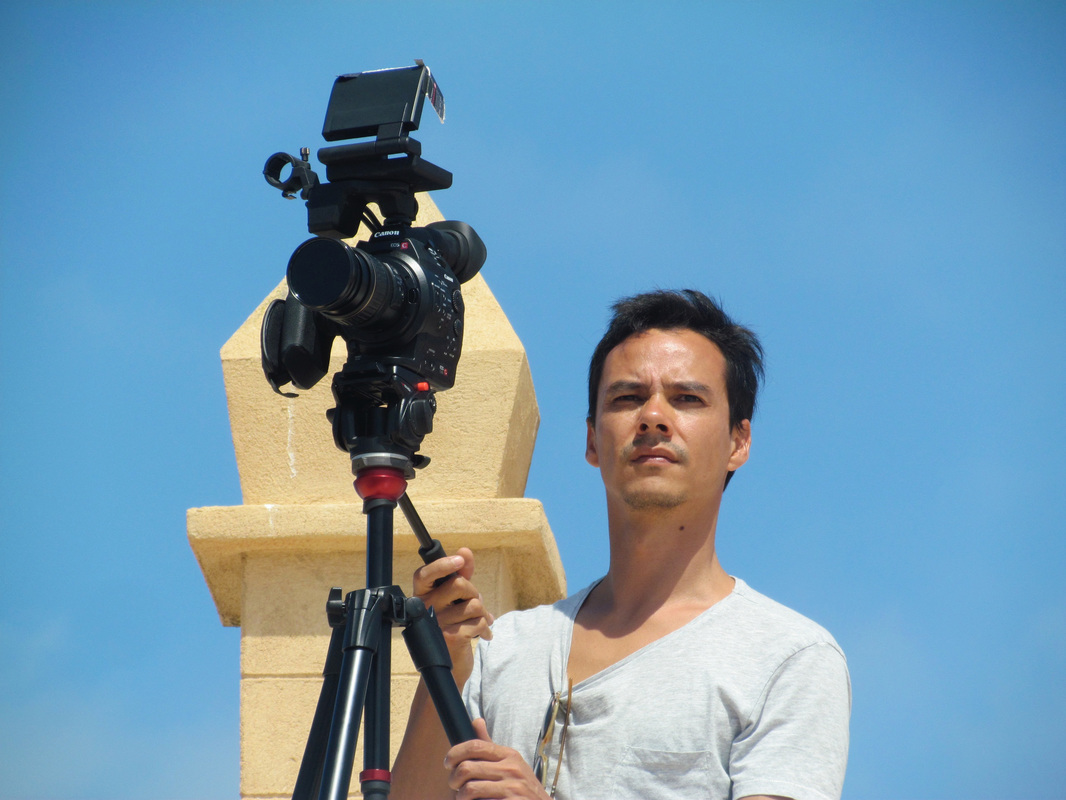
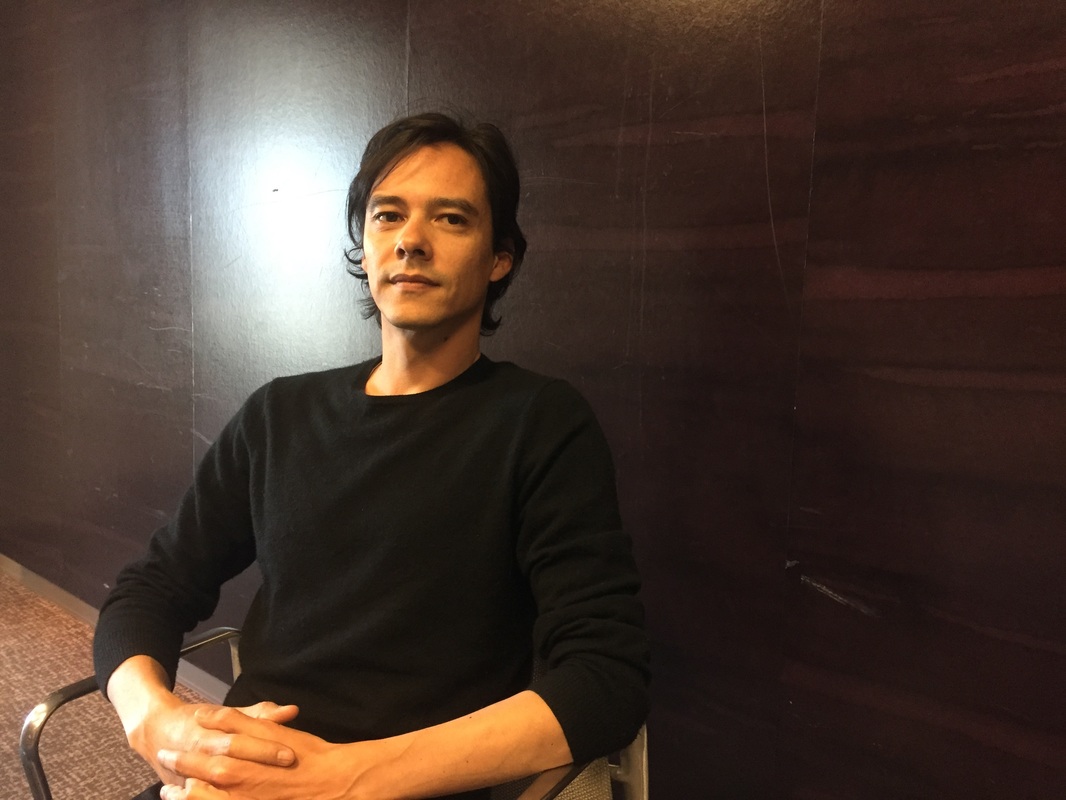
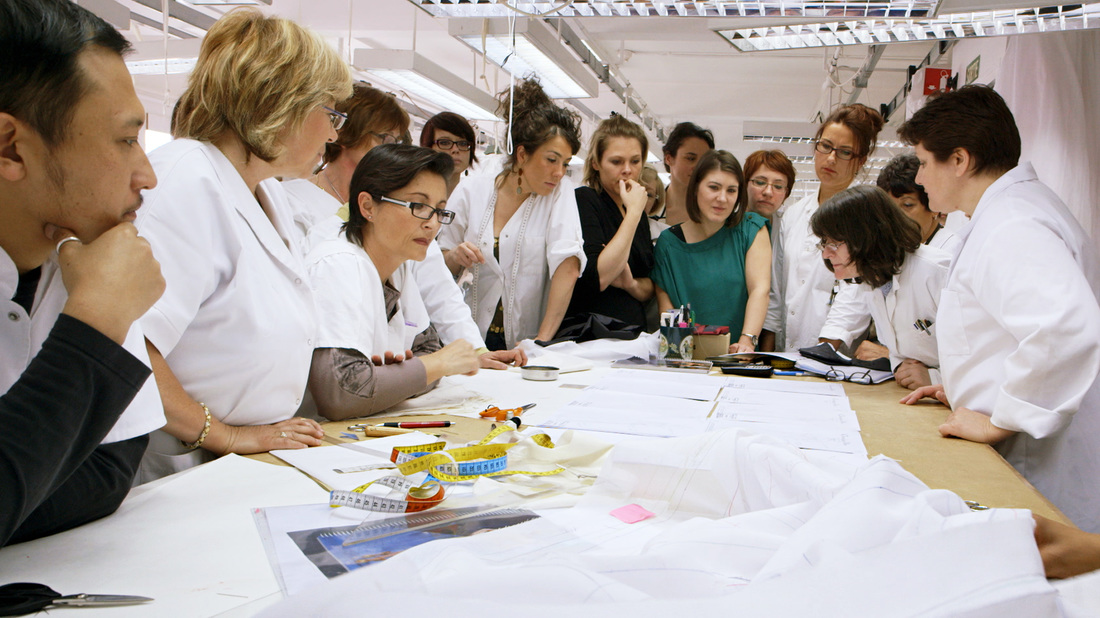
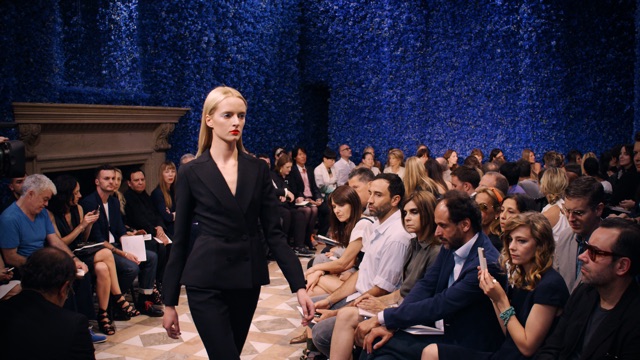
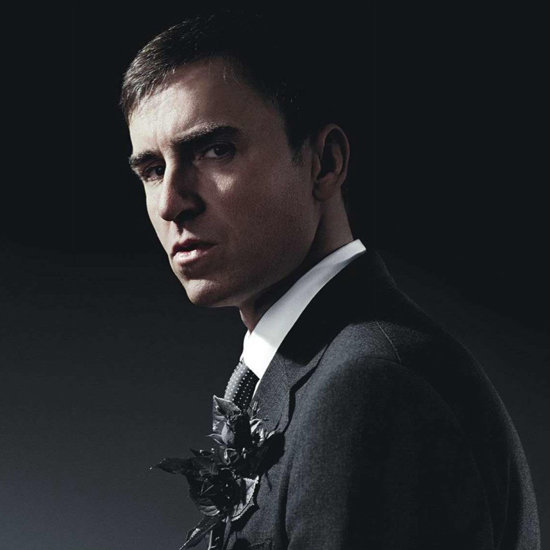
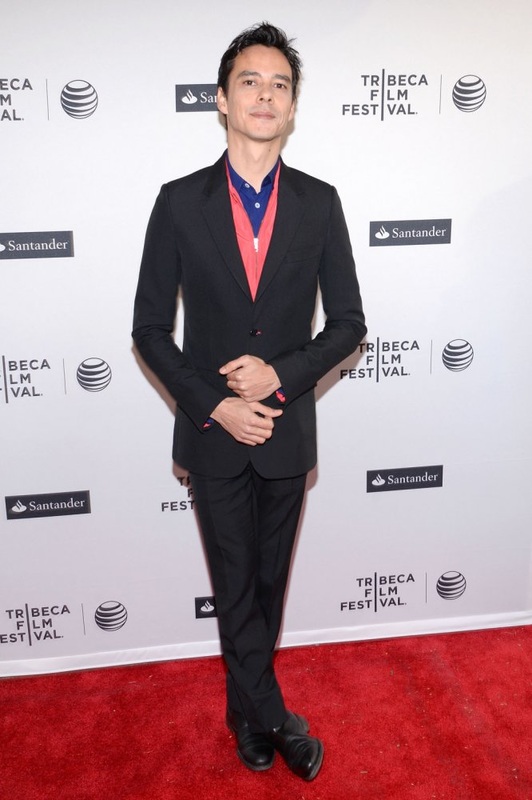
 RSS Feed
RSS Feed